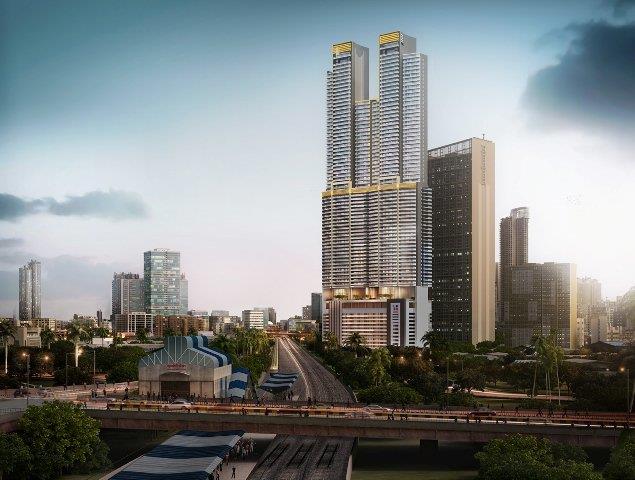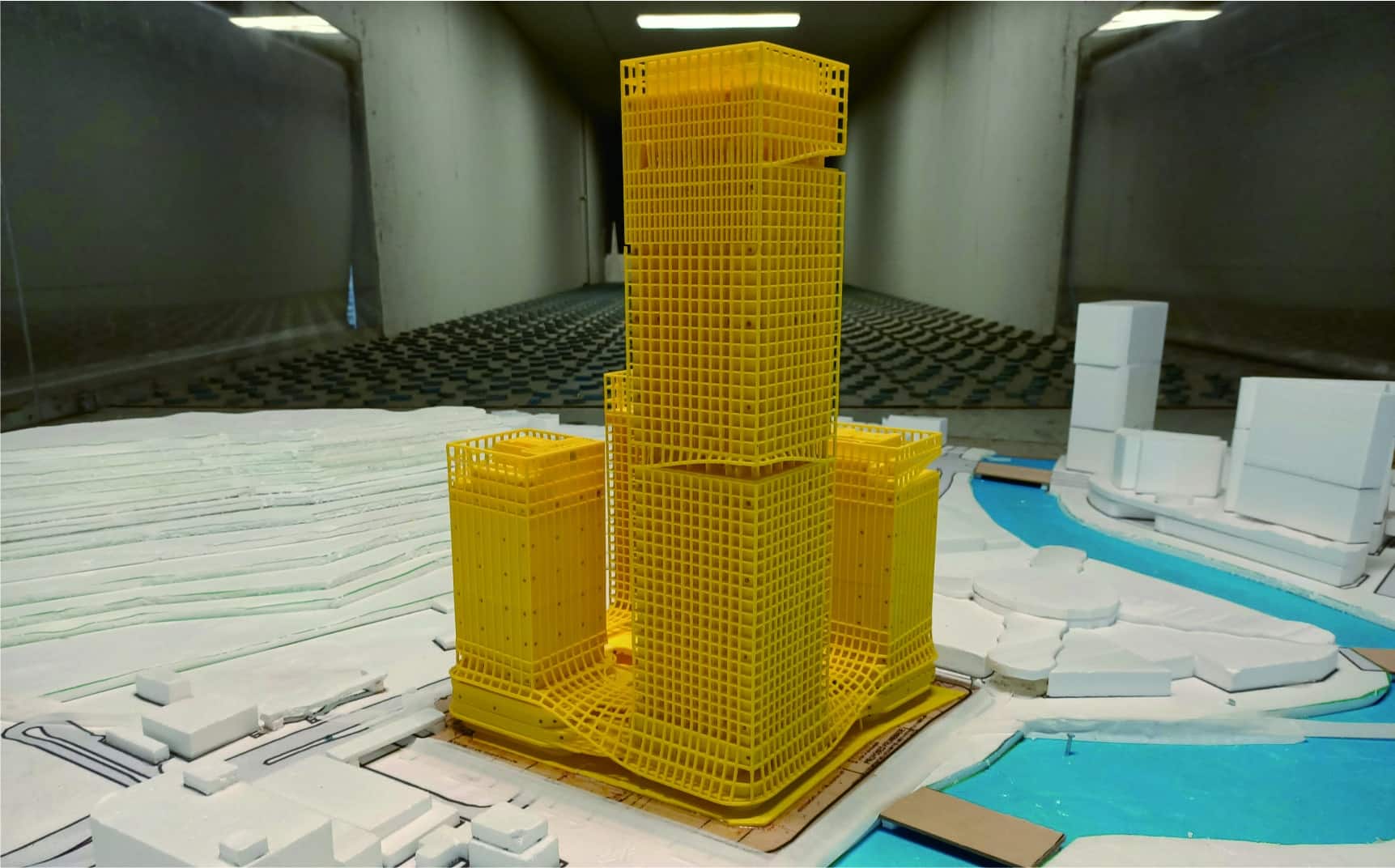
Structural Health Monitoring from the Cloud
Posted on August 26, 2022How global warming is impacting existing infrastructures and what we can do about it? Global warming can be defined as the rise of the average global temperature. Over the last three decades we have witnessed a constant increase in the global temperature of land and ocean which has caused changes in atmospheric moisture and rainfall. […]
Read More
Nearing Completion: India’s Tallest Skyscraper – Lokhandwala Minerva
Posted on July 30, 2022Recognized as the home of luxury living in the heart of Mumbai, Lokhandwala Minerva, with an impressive 91-storeys, standing at approximately 1,000 ft. tall. According to CTBUH, it will become India’s tallest skyscraper upon completion. Overlooking the Arabian Sea and lush Mahalaxmi Racecourse, Lokhandwala Minerva will soon be home to some of India’s elite, including […]
Read More
Asia’s Tallest Temple to be Built in Ahmedabad, India
Posted on May 31, 2022As a symbol of faith and reverence in the tutelary deity Maa Umiya, Vishv Umiya Foundation has taken on the challenging task of building the tallest temple in Asia, and one of the tallest temples in the world at 144m. UmiyaDham is rooted in the ancient Vedic traditions. It has been touted as being a […]
Read More
Advantages of Wind Tunnel Testing on Buildings
Posted on April 8, 2022Architects and engineers continue to push the traditional boundaries of their disciplines, and by using ultra-modern materials and state-of-the-art structural design techniques, they’re often able to create buildings and structures that are cutting edge works of art. Key to the design of buildings and structures is the ability to have on hand accurate wind loading. […]
Read More
Performance-Based Wind Design for the Integrated Waste Management Facilities Phase 1 at Shek Kwu Chau, Hong Kong
Posted on March 30, 2022The proposed Integrated Waste Management Facilities (IWMF) Phase 1 developed by the Environmental Protection Department of Hong Kong Government is the first such facility in Hong Kong that will adopt the state-of-the-art technologies to substantially reduce the bulk size of mixed municipal solid waste, to generate energy and to recover useful resources. The IWMF Phase […]
Read More

